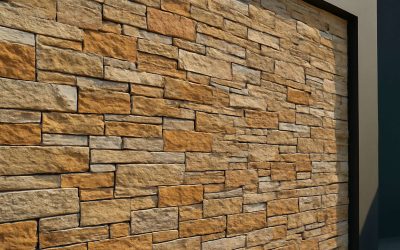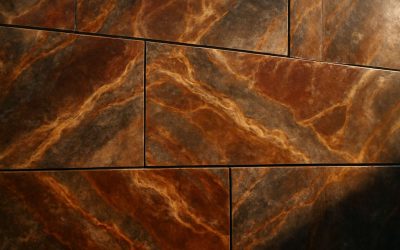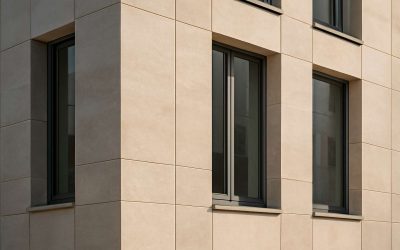
Cladding stones are a great way to add aesthetic appeal to a home. They come in many different finishes, colors and patterns and are easy to install. Stone cladding can be used on interior or exterior walls, or in a number of different applications.
Natural stone is durable and highly resistant to weather. It can be polished to create a unique look and offers a number of benefits. For instance, it has low maintenance, and provides thermal insulation to help prevent heat loss. If installed properly, a quality natural stone wall can last for years.
When choosing a cladding material, you’ll need to consider the properties of the stone, the amount of money you’ll be willing to spend, and your architectural style. This will allow you to choose a finish that matches the overall look of your home.
Stone cladding can be installed on a variety of surfaces, including concrete and steel. You can use a wide range of stone, from granite to slate. The most common stone used for cladding walls is sandstone. However, you may also consider marble. Architects can work with a specialty manufacturer to create a custom design, and can even create intricate mosaics.
The best way to find a cladding stone for your project is to research case studies and samples provided by the manufacturers. Small sample sizes don’t reveal the natural variations seen in larger-format panels, but they can be useful in determining the color, texture, and other features of a particular piece.
In addition to the appearance of the cladding, it’s also important to consider the weight of the stone. Most cladding materials are heavy, so you’ll need to find a structurally sound substrate to support them.
Choosing a good cladding material is a smart investment for your home. While it may be expensive to purchase, it will save you money in the long run. Whether you’re looking for an affordable way to update the aesthetics of your home, or want to protect your investment, natural stone cladding is an excellent choice.
The most popular type of cladding stone is granite, but you can also choose slate, sandstone, basalt, or limestone. Because each type has its own characteristics, the installation methods and costs will vary depending on the size of the stone you’re working with.
Once you’ve decided on the type of cladding you’d like to install, you’ll need to select a safe fixing system and apply a protective coating. Some natural stones are susceptible to oxidizer deposits, so they may need to be cleaned frequently. Depending on the application, a sealant can also help reduce efflorescence, improving the smoothness of the surface.
Installing a quality natural stone wall can increase the value of your home. It’s also a great way to create a welcoming atmosphere in your home. Plus, it can extend the lifespan of your building.
Stone cladding is one of the most versatile and popular building materials available. It can be used on interior or exterior walls, and can be easily installed, providing a unique appearance for your space.



0 Comments